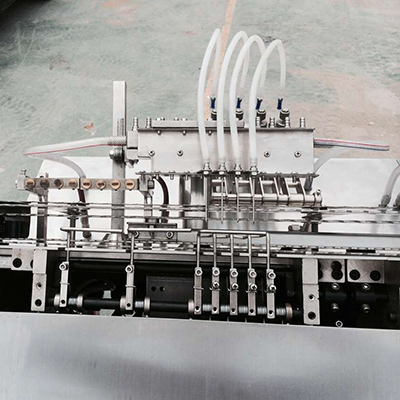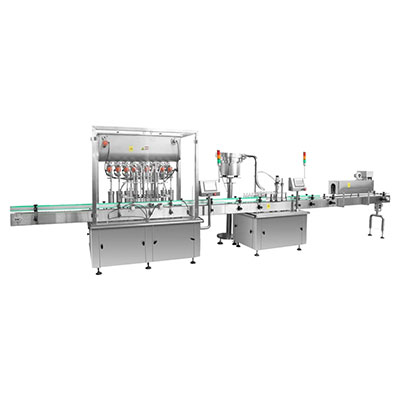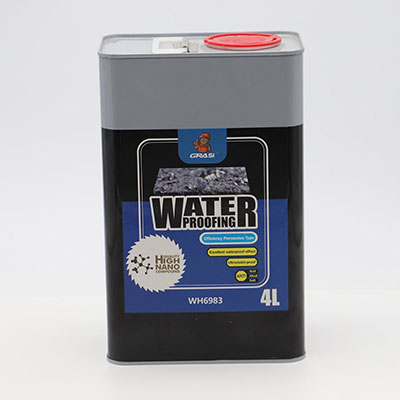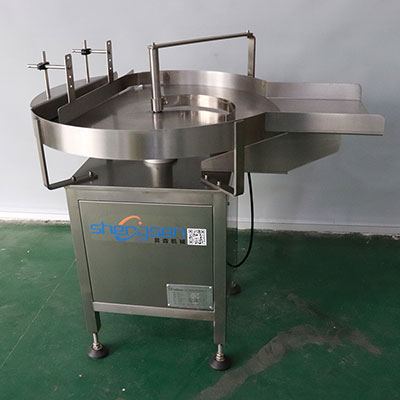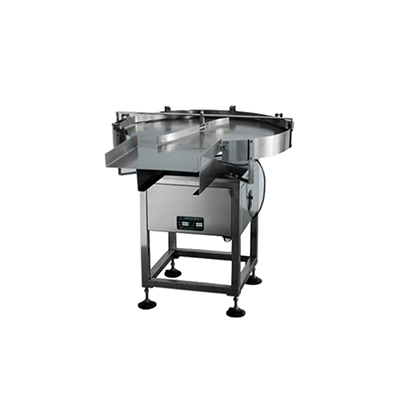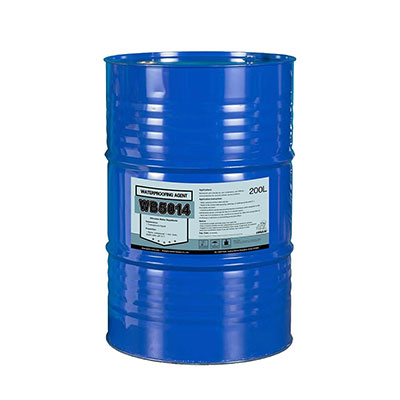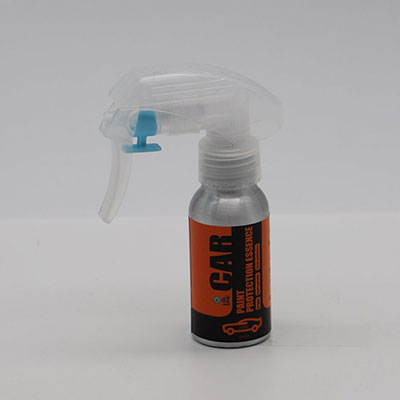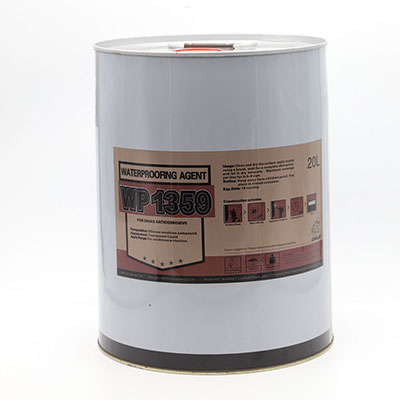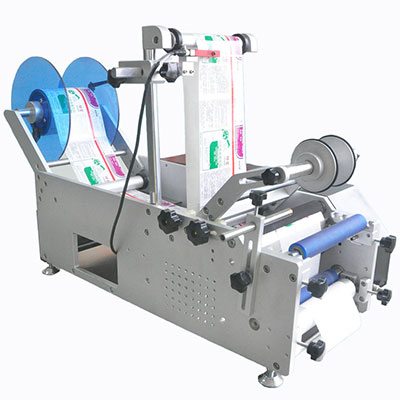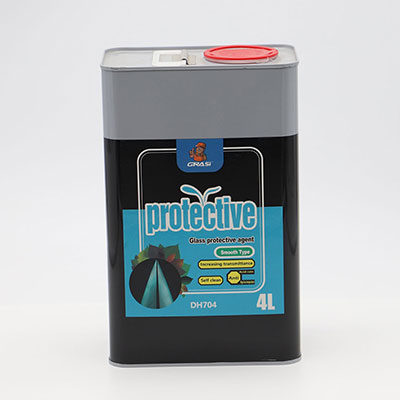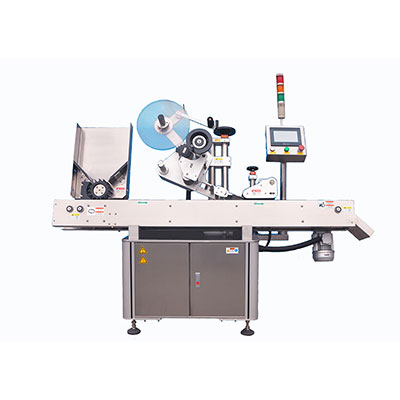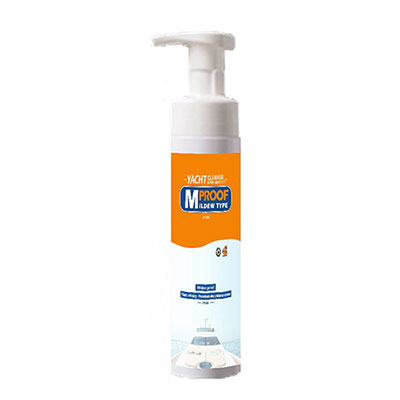Membrane Circuit
At its basic, the membrane circuit is a circuit that has its conductive inks screen-printed onto less-than-1µm-thick base insulating materials. Passive components, such as diodes, transistors, resistors, capacitors, and electrical sensors, are connected to the circuit via wiring. Vacuum evaporation, sputtering deposition, and electroplating are common processes necessary to get the circuit completed.
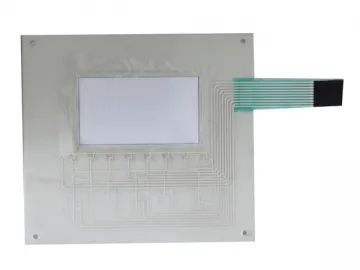
Many conductive inks can be used to make a membrane circuit, but most rely on silver as conductive component.
Conductive silver inks are slow-drying liquids that solidify at very low temperatures. Silver tracks can be printed onto flexible substrates, such as PET, PC, PVC, and PU. Benefits of silver circuits include a strong adhesion to the base material, great covering power, and extremely low resistance.
That is why our company independently develops this RoHS-compliant silver ink that has been tested by SGS.
Typical Applications
Plenty of applications exist for our membrane circuit, such as in the membrane switch, printed silver circuit board, heating element, flexible circuit, and more.
Performance Specification
1. Solids content: ≤60%
2. Flexibility: 2kgs/10 times, size increase<10%
3. Strong adhesion: No silver comes off as the circuit is stretched vertically for 3 times. It is on par with the 3M600 scotch tape.
4. Good printability
5. High electrical conductivity (ohms per square<45MΩ/3μm-120T-300PE mesh)
6. Great hardness
Related Names
Membrane Circuit | Flexible Circuit | Silver Printed Circuit
Links:https://www.globefindpro.com/products/80830.html
-
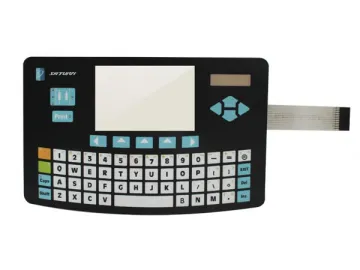 Membrane Keyboard
Membrane Keyboard
-
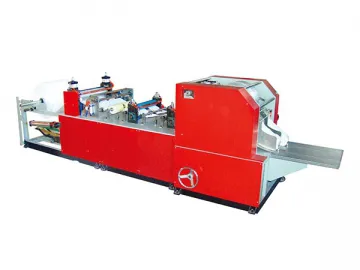 CIL-NP-C C Type Tissue Converting Machine
CIL-NP-C C Type Tissue Converting Machine
-
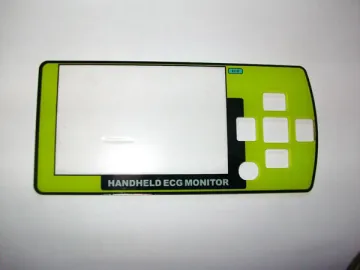 PMMA & PC Transparent Windows
PMMA & PC Transparent Windows
-
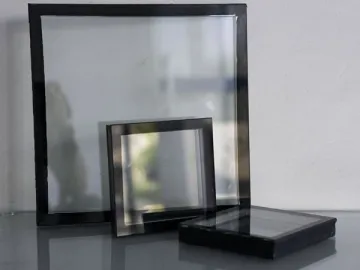 Low E Hollow Glass
Low E Hollow Glass
-
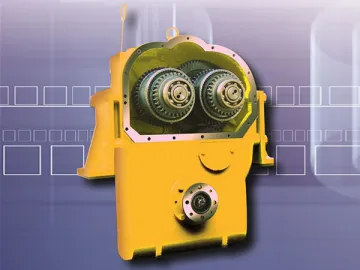 ZL15,ZL15-1 Series Gearbox
ZL15,ZL15-1 Series Gearbox
-
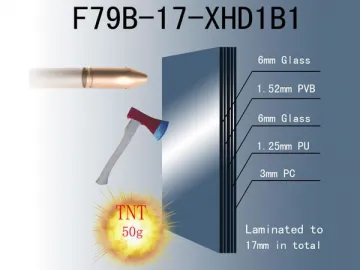 Blast Resistant Glass
Blast Resistant Glass
-
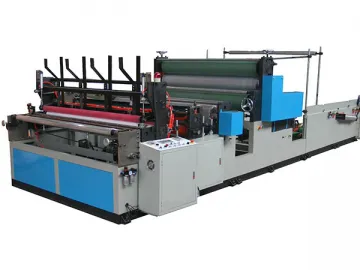 CIL-SP-C Automatic Colored Kitchen Towel Rewinder
CIL-SP-C Automatic Colored Kitchen Towel Rewinder
-
 CIL-AS-201 Automatic Paper Handkerchief Packaging Machine
CIL-AS-201 Automatic Paper Handkerchief Packaging Machine
-
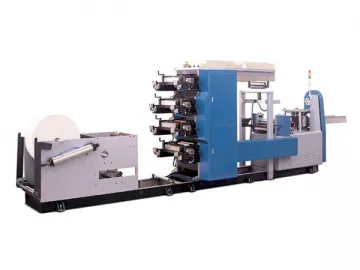 CIL-NP-7000A (275-500) Automatic Multi-Color Napkin Converting Machine
CIL-NP-7000A (275-500) Automatic Multi-Color Napkin Converting Machine
-
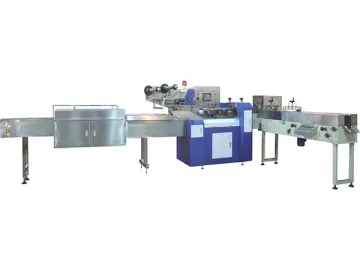 CIL-SP-503 Single Roll Toilet Paper Packaging Machine
CIL-SP-503 Single Roll Toilet Paper Packaging Machine
-
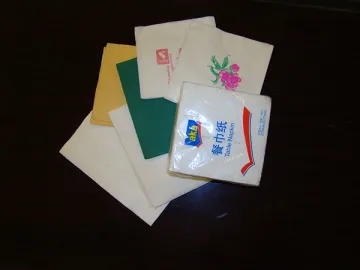 CIL-NP-7000K300-500-2 High Speed Napkin Converting Machine
CIL-NP-7000K300-500-2 High Speed Napkin Converting Machine
-
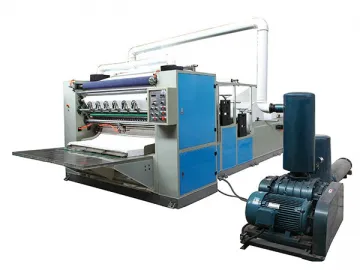 CIL-FT-20A Automatic Facial Tissue Converting Machine
CIL-FT-20A Automatic Facial Tissue Converting Machine
